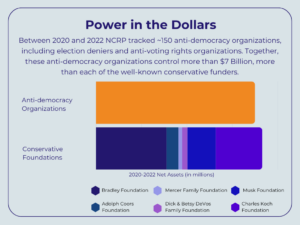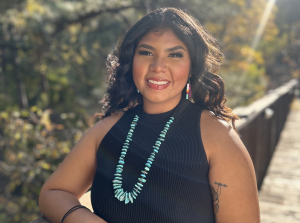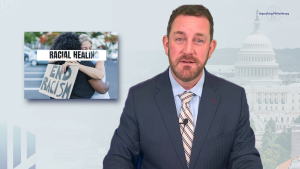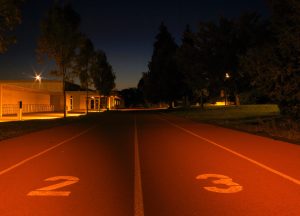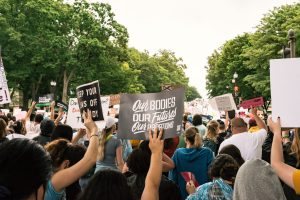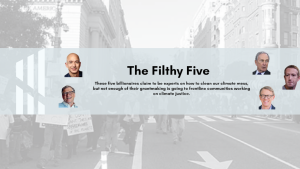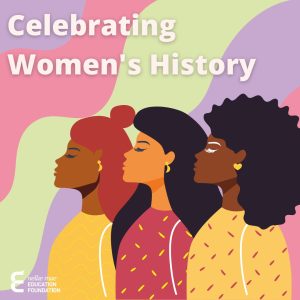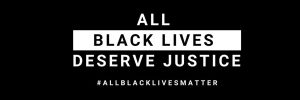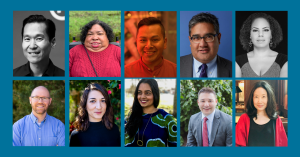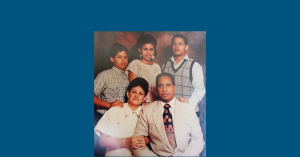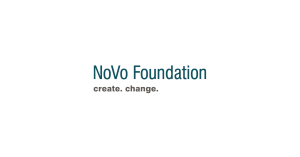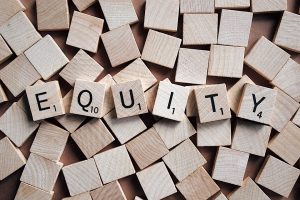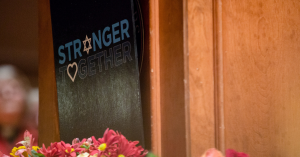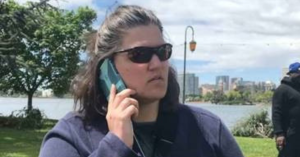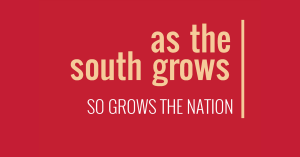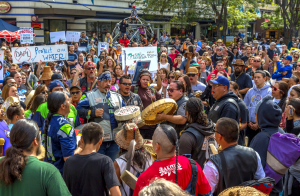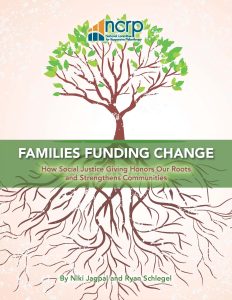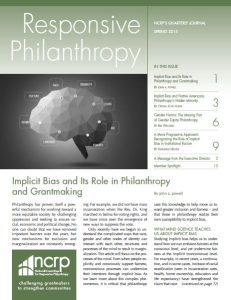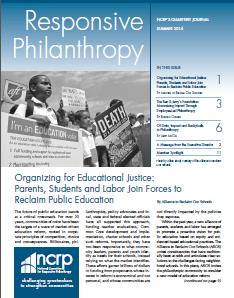2016 was a volatile year, and we’ve been inundated with lists of the best and worst of what happened. None of us can deny that we are in a unique political and social climate, a time of change foretell great challenges for those who care about social justice, and the opportunity to do be creative, tenacious and bold in our work.
A few weeks ago, NCRP released a new strategic framework that describes how we plan to navigate the next 10 years. While we will continue our legacy of calling for high standards in institutional philanthropy, we have identified a few shifts that will make our work even more responsive to the needs of the 21st Century.
Our board and staff have recommitted ourselves to work that can drive more money to the organizations and leaders that advance movements. We have expanded our audience to include high net-worth individuals, encouraging them to prioritize marginalized communities and social justice strategies in their philanthropy. And we know that we cannot be successful unless we engage our partners in allies in the next steps.
Over the next few months, we will speak with foundation leaders, nonprofits, donors and other allies in 10 key regions around the country to discuss what the framework can look like in action and how we can all work together to advance shared goals.
Two themes have consistently emerged from our first three conversations in D.C., Chicago and Seattle. Leaders in each city offered that we who care about funding social justice movements should more intentionally “build community” to advance our shared work.
A range of ideas emerged about how to build community – and who should be included – but the consensus is that we need to expand our thinking around who should be invited to act with us in supporting social justice strategies and that we need to be creative about how to effectively engage all the players.
As we discussed who our partners could be and should be, each conversation naturally turned to questions about strategy, not only for NCRP but for all the organizations represented in the room. Most noted that there are some urgent concerns that need to be addressed – and philanthropy can help with rapid response funds or collaborative funds.
But the urgent should not distract us from a long-term collective strategy. How do funders support a range of groups, covering both federal and local strategies? How do we build capacity of the groups who will be on the front lines over the next decade? What does “funding movements” look like in practice?
NCRP is excited to continue to wrestle with these questions with our peers and allies, and allow the insights from these conversations to refine our work over the next 10 years. As more conversations take place, we’ll add summaries of each event on our website. So far, over 100 people have made it clear that we need to move quickly, but not forget the long game. And whatever we do, we need to do it together and continuously invite others.
How are you engaging others – especially unlikely partners – in refining your strategy to support social justice movements? Share with us in the comments and on Twitter, and join the conversation about how together we can build a collective strategy for funding justice.
Jeanné Isler is vice president for learning and engagement at the National Committee for Responsive Philanthropy. Follow @NCRP on Twitter.















